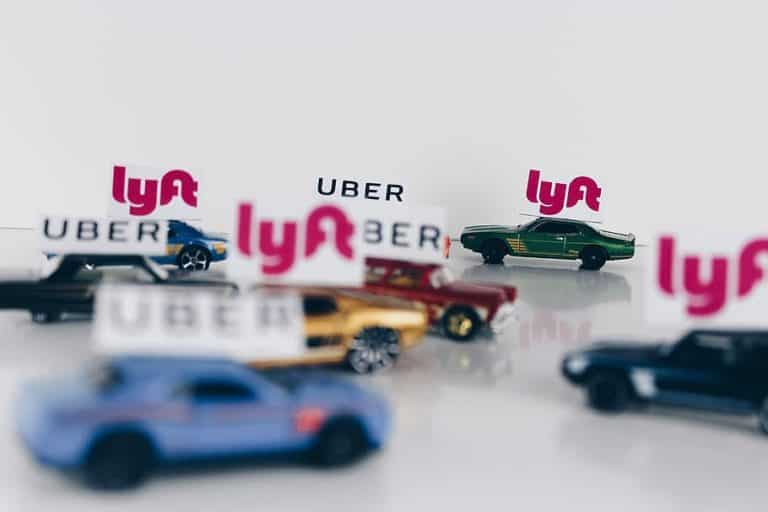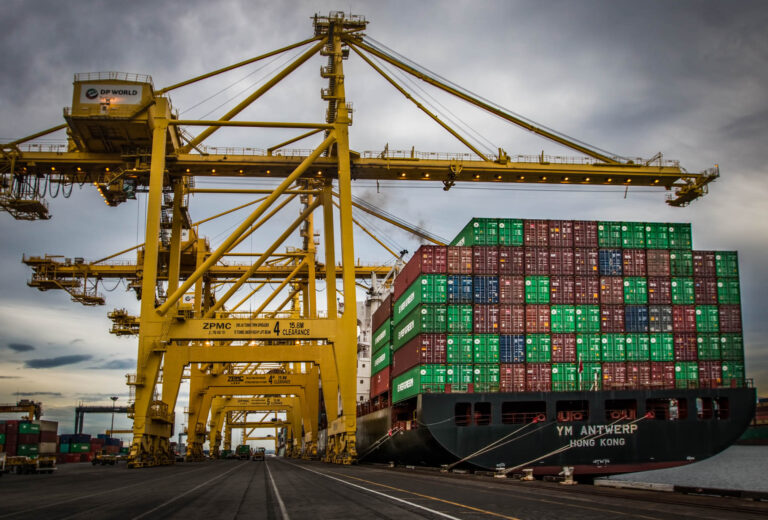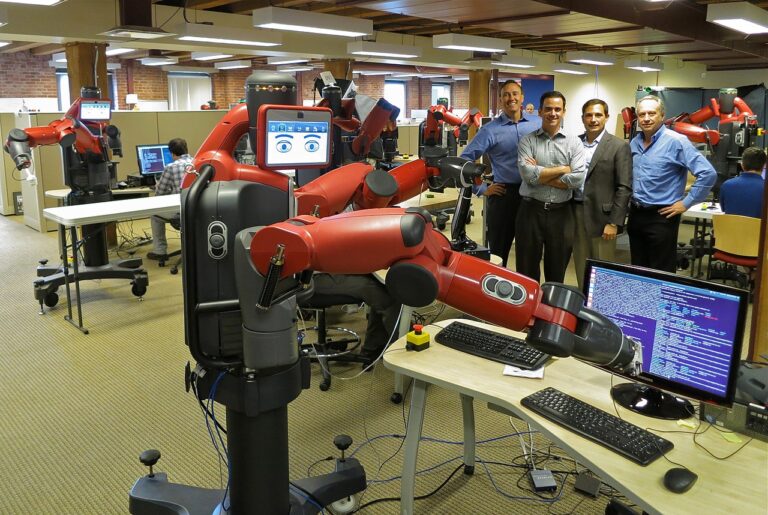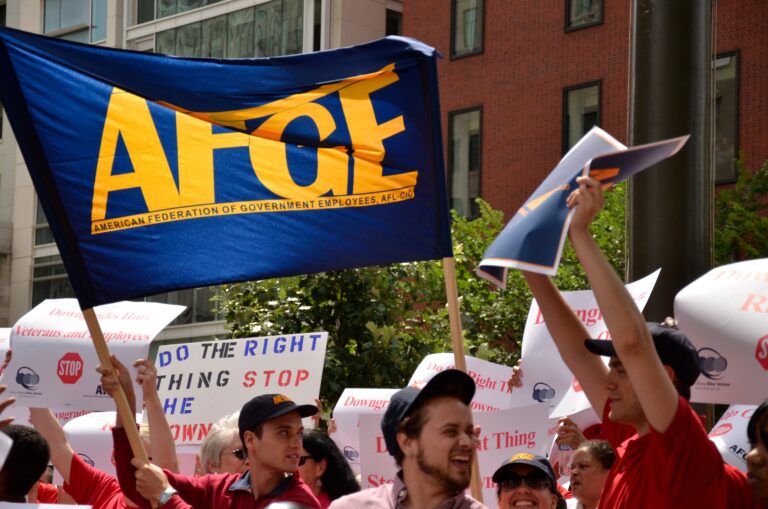
Dr. David Doorey is a Professor of Labor and Employment Law at York University in Toronto.
The central legal conundrum for labor law when it encounters platform or ‘gig’ work is one of legal classification. The distinction between ‘employee’ and ‘independent contractor’ is as old as labor law itself, and it is based on presumptions that fit uneasily when applied to forms of work other than that which labor law scholars describe as the “standard employment relationship” (SER). In the SER, workers forego autonomy and agree to be subordinate to the authority and discretion of their employer in terms of when and how the work is performed in exchange for financial consideration. Gig workers demonstrate a greater degree of freedom than traditional “employees” engaged under the SER insofar as they may be entitled to decide when and even whether to work, for example.
On the other hand, gig workers can be, and often are, as economically dependent and precarious as workers engaged under the SER, if not more so. This dynamic has focused attention on how law classifies gig workers. Classification matters greatly because it serves as the gatekeeper for access to many key legal entitlements, including protections under labor laws and various other social benefits. To cut costs, increase flexibility, and decrease legal risks, firms seek to label workers independent contractors. However, a dilemma arises because although the firms wish to situate workers outside of the reach of protective employment laws, they also wish to maintain control over the performance and quality of the work.
In Canada, it has proven difficult for firms to successfully execute this move due to the long-standing recognition in both the common law and some employment-related statutes of an intermediate category known as a “dependent contractor”. The origins of this category lie in a 1965 law review article by Professor Harry Arthurs entitled “The Dependent Contractor: A Study of the Legal Problems of Countervailing Power”. Professor Arthurs argued that dependent contractors share more in common with precarious employees than they do true entrepreneurs. In particular, their relationship with the firm that provides them work is characterized by economic dependency and inequality of bargaining power. Arthurs argued that since collective bargaining law was aimed at redressing inequality of bargaining power by enabling and regulating countervailing worker power, there were strong policy reasons for extending the reach of collective bargaining law to dependent contractors, such as taxi drivers, owner-operator truck drivers, fishers, and other similar workers who are notionally “self-employed” but still economically dependent.
In 1975, the Ontario Labour Relations Act was amended to include “dependent contractor” within the definition of “employee”. Other provinces followed. That reform opened the door to thousands of contractors, including dancers, truck drivers, delivery workers, and taxi and limousine drivers, among others, to join unions and access statutorily regulated collective bargaining. In the early 1990s, I worked on a campaign by the Retail, Wholesale, Department Store Union to organize some 5,000 taxi drivers in Toronto. Many of those drivers owned their own cars, paid their own expenses, had discretion over their own working hours, and could even hire their own replacement drivers. The Ontario Labour Relations Board (OLRB) nevertheless ruled they were “dependent contractors” employed by the dispatch companies. A majority of drivers at several of the city’s largest companies voted in favour of unionization and certifications were issued to the RWDSU.
Against this historical backdrop, it did not come as much of a surprise when in February 2020, the OLRB ruled that drivers working for the platform company Foodora were “employees” and entitled to unionize. The OLRB ruled that the work was controlled by the Foodora App, “using an algorithm developed, owned, and controlled by Foodora for the sole purpose of advancing Foodora’s business interests.” The fact that drivers could work for other platform companies as well as Foodora did not change the outcome, because the OLRB recognized that lots of employees work multiple part-time jobs for different employers. The Foodora drivers voted nearly 90 percent in favour of joining the Canadian Union of Postal Workers (CUPW), easily meeting the majority threshold for union certification in Ontario. Foodora responded to unionization by announcing that it was pulling out of Canada altogether, and it did so in May 2020. CUPW has filed an unfair labor practice complaint alleging that the decision was unlawful punishment for the decision of its drivers to seek collective bargaining. In January 2020, the United Food and Commercial Workers Union filed an application for certification to represent Uber Black drivers in Toronto. A certification vote was conducted in January, but the results have not been announced pending litigation over employee status and a variety of list issues.
While the dependent contractor category was long ago introduced into collective bargaining legislation, the same cannot be said of basic labor standards legislation. Nevertheless, Canadian labor tribunals have taken a purposive approach to interpreting labor standards legislation, recognizing that that the legislation is intended to be applied broadly to protect as many workers as possible. As a result, there are many Canadian decisions finding that workers classified as independent contractors in their contracts are nevertheless “employees” and covered by the legislation, including minimum wage laws. Some of these cases involve taxi drivers whose income comprised earnings from fares after expenses, including fees paid to a dispatch company that connects customers to the drivers through a radio dispatch service.
While the technology involved in modern platform Apps differs from the traditional taxi dispatch radios, it is doubtful that difference matters much in terms of the application of the tests applied in Canadian employee classification cases. The basic structure of the arrangement is fundamentally the same: a customer contacts an intermediary conduit which then connects that customer to a driver who provides the service. The customer’s payment is then divvied up amongst the intermediary and the driver. The conduit (a dispatch company, like Yellow Cab, or a platform company, like Uber) regulates quality control features to protect its brand through enforcement of appearance and behavioural rules. The similarities between classical taxi drivers and modern gig drivers foreshadows that Canadian labor boards will apply similar reasoning when asked to decide if the latter are “employees” covered by labor standards legislation.
That precise issue is raised in a class action lawsuit filed in Ontario in January 2017 on behalf of Uber drivers claiming various violations of the Ontario Employment Standards Act. Uber responded by arguing that the action should be dismissed because the standard Uber contract that all drivers agree to when they click on the App included a mandatory arbitration clause requiring legal disputes, including statutory claims, to be litigated in arbitration in the Netherlands. In June 2020, in Uber v. Heller, the Supreme Court of Canada dismissed that argument, finding that the arbitration clause was void as “unconscionable” because it made access to arbitration effectively impossible for Uber drivers. The Court also left undisturbed the Court of Appeal finding that arbitration clauses amount to unlawful contracting out of labor standards legislation. The Heller decision sets the stage for the class action lawsuit to proceed with arguments about whether the class of drivers should be certified and, ultimately, whether Uber drivers are “employees” for the purpose of labor standards legislation.










Daily News & Commentary
Start your day with our roundup of the latest labor developments. See all
December 8
Private payrolls fall; NYC Council overrides mayoral veto on pay data; workers sue Starbucks.
December 7
Philadelphia transit workers indicate that a strike is imminent; a federal judge temporarily blocks State Department layoffs; and Virginia lawmakers consider legislation to repeal the state’s “right to work” law.
December 5
Netflix set to acquire Warner Bros., Gen Z men are the most pro-union generation in history, and lawmakers introduce the “No Robot Bosses Act.”
December 4
Unionized journalists win arbitration concerning AI, Starbucks challenges two NLRB rulings in the Fifth Circuit, and Philadelphia transit workers resume contract negotiations.
December 3
The Trump administration seeks to appeal a federal judge’s order that protects the CBAs of employees within the federal workforce; the U.S. Department of Labor launches an initiative to investigate violations of the H-1B visa program; and a union files a petition to form a bargaining unit for employees at the Met.
December 2
Fourth Circuit rejects broad reading of NLRA’s managerial exception; OPM cancels reduced tuition program for federal employees; Starbucks will pay $39 million for violating New York City’s Fair Workweek law; Mamdani and Sanders join striking baristas outside a Brooklyn Starbucks.